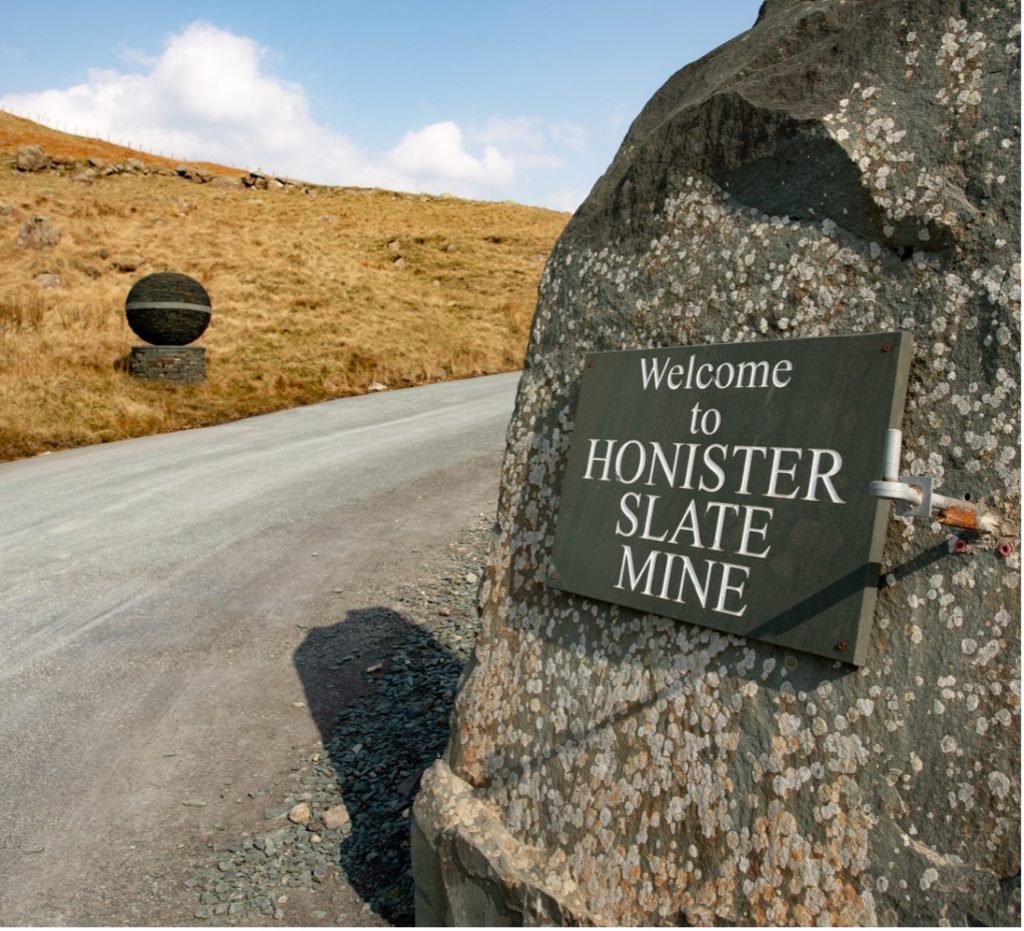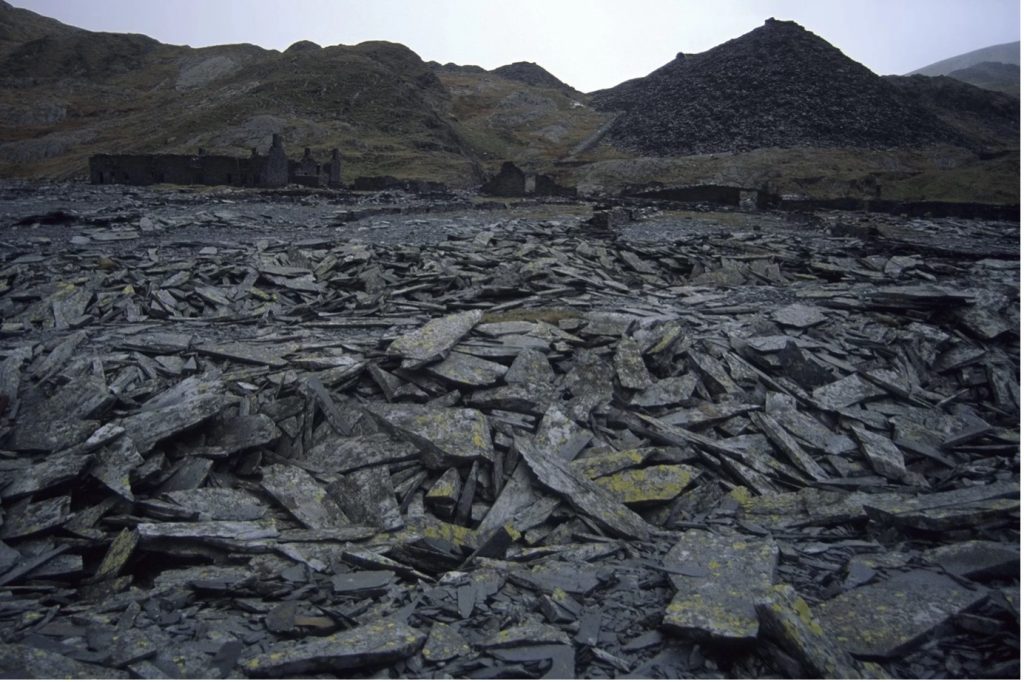The ‘Slate District’ is a term for the region of the Lake District in England, North-West UK, mainly within Cumbria’s Barrowdale Valley where slate has been quarried over the centuries. Some of the best-known slate mines in the district are Honister Slate Mine, Elterwater Quarry and Kirkby Quarry.
The Lake District was made a UNESCO World Heritage Site in 2017 due to its stunning scenery and cultural heritage. Over the years, this recognition has only served to enhance the significance of its historic slate industry. The region’s natural beauty and the tradition of slate mining contribute to its uniqueness, making it a site of cultural and geological importance.
The History of Slate Mining in the Lake District
Slate quarrying has been at the heart of the architecture as well as the economy of the Lake District. Slate quarrying began during the Roman times but gained momentum with the Industrial Revolution through the Cumbrian slate’s high demand since it was durable and aesthetic to the eye. Honister and Kirkstone villages are among the most well-known quarries, which to this day supply better quality slate that is also used both for repair works during historic periods and for standard building construction.
Slate was used for roofing, flooring and writing slates. It was a widely used material that was utilised in the 17th and 18th centuries since it is not a flammable and tough material. Slate was also utilised in schools in the 19th and 18th centuries to teach children how to read and write.
Modern Applications of Cumbrian Slate
Cumbrian slate remains a favourite among roofers, floorers and landscapers today, not only in the UK but internationally. It is a sedimentary rock that is produced in Cumbria, England famous for its looks, durability and functional appeal. Its strength and timeless elegance are favoured by architects and engineers. Some of its contemporary uses are:
- Sustainable Construction – since it can be recycled and is enduring, Cumbrian slate is an eco-friendly material choice. It is a natural stone which is not extensively processed to prepare it for usage, which causes minimal carbon emissions and can be recycled.
- Interior design – there are many opportunities where slate can be utilised inside the house including kitchens, bathrooms, and focus walls to create a modern, organic appearance.
- Landscaping – It is famous for garden paths, patios and other decorative outdoor features.
Cumbrian slate has been quarried for centuries with the colour usually dependent on the area it’s mined out of. The most common types of Cumbrian slates are the Westmorland Green slate and the Burlington Blue slate.

The Future of the Slate Industry
The future of the slate industry is promising with growing demand for sustainable materials, better quarrying techniques and attempts to preserve historic buildings. Green mining practices ensure that there is a balance between business and environmental responsibility. Local communities are still dedicated to making the historical value of slate mining more significant while keeping the industry alive for generations to come.
Visiting the Slate District
Slate can be found in Lake District, Cumbria in quarries and mines. Visitors to the Slate District can learn about the history of slate mining by:
- Honister Slate Mine – The only operating slate mine in England, offering guided tours underground to discover the history of slate mining and other activities.
- Kirkstone Pass – A picturesque route showcasing the geological wonder of the region, with views over Patterdale and Troutbeck valleys.
- Yew Crag Slate Mine – An ancient mine that was worked up to 1966.
- Eleterwater Quarry – Quarry at the bottom of Langdale Valley that’s been in operation since the mid-19th century.
- Kirby Quarry – Quarry in Kirby Moor that’s been in operation for more than 400 years.
- Tilberthwaite Slate Quarries – A collection of quarries that has been reclaimed by nature, operated between the 19th century and the early 1960s.
- National Trust’s Quarry Trails – The Lake District has several historic quarry trails that are National Trust property, and visitors can hike along old mining sites, see equipment and appreciate how slate mining shaped the landscape.
- Grizedale Forest – Renowned for outdoor sculptures, Grizedale features sculptures carved from locally quarried slate, blending nature and mining heritage.
The extraction of slate from the Lake District has altered the scenery to an extent. Through the production of large open quarries, mining plants and rock faces, it has had a noticeable impact on the landscape.
If you are interested in incorporating Cumbrian Slate in your next construction projects, or want to know more about its history and uses, visit our website for more information on a range of product offerings such as slate roof tiles, floor slates and landscaping and architectural slate options. And for any additional questions, get in touch with us on 01539 559 289.


